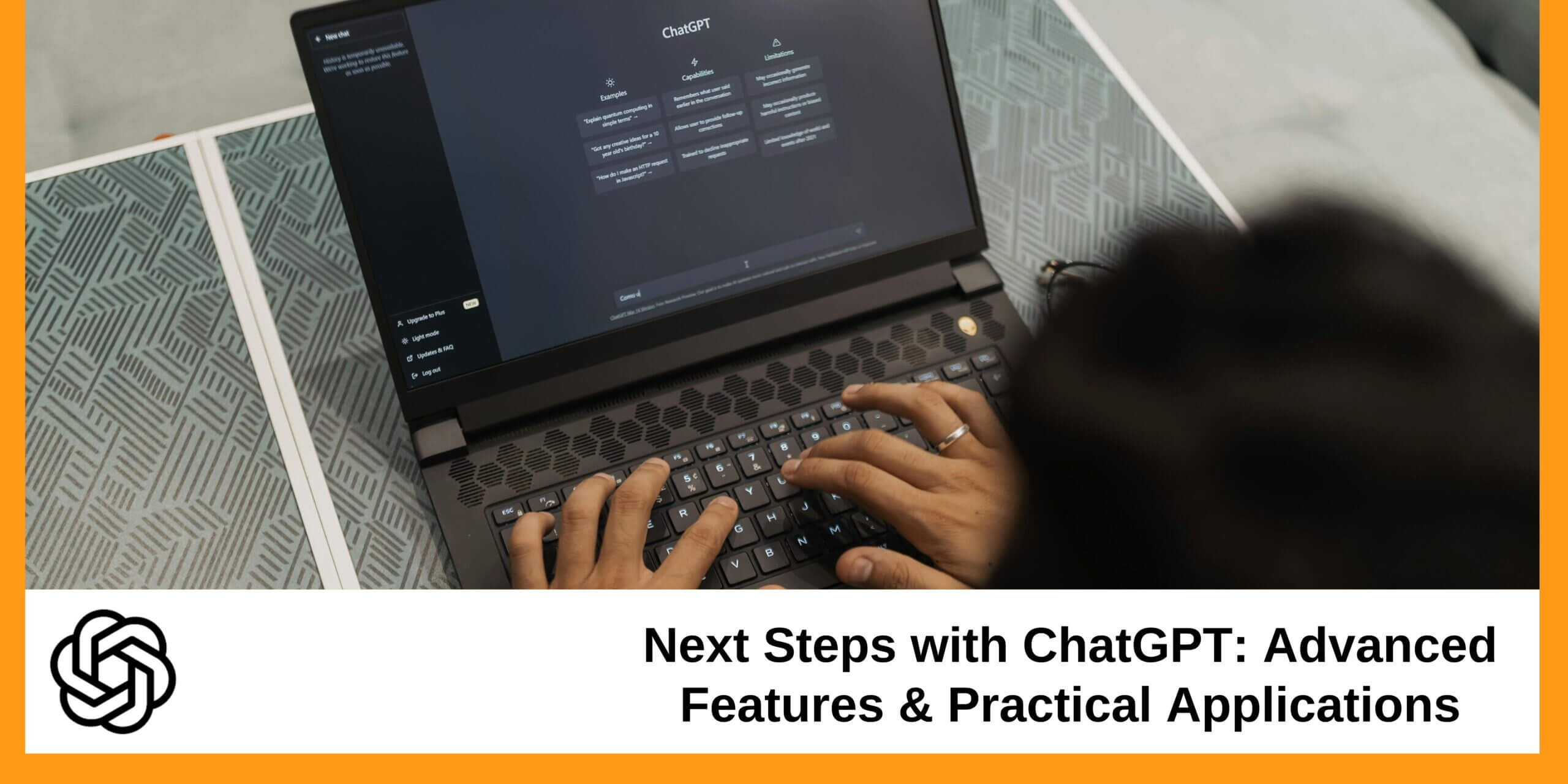Byte-Sized ML Series: Feature Importance with SHAP Values
- Created By shambhvi
- Posted on May 1st, 2025
- Overview
- Prerequisites
- Audience
- Curriculum
Description:
This 90-minute session introduces participants to the critical topic of model interpretability, focusing on feature importance using SHAP (Shapley Additive explanations). SHAP values provide consistent, model-agnostic explanations for both regression and classification problems. Participants will learn to visualize and interpret feature contributions, enabling them to trust, debug, and communicate model decisions more effectively.
Duration: 90 mins
Course Code: BDT491
Learning Objectives:
After this course, you will be able to:
- Understand the concept of feature importance and why it matters in ML
- Explain how SHAP values quantify individual feature contributions
- Apply SHAP to both regression and classification models
- Visualize and interpret SHAP summary and dependence plots
- Use SHAP to uncover hidden patterns and model biases
Must have some python programming experience.
Aspiring and practicing data analysts or ML beginners who have trained basic models and now want to interpret and explain why a model is making predictions. Some familiarity with scikit-learn, regression/classification, and data manipulation with Pandas is expected.
Course Outline:
- Why Feature Importance Matters?
- Motivation: trust, transparency, accountability in ML
- Use cases in business, healthcare, finance
- Different types of feature importance (built-in, permutation, SHAP)
- Introduction to SHAP Values
- What are SHAP values? (Game theory roots simplified)
- Benefits over traditional feature importance
- Model-agnostic vs. model-specific SHAP
- Visual intuition with simple examples
- Hands-on: Visualize SHAP values
- SHAP for Regression
- Load and train a regression model (e.g., RandomForestRegressor)
- Use “shap.Explainer” to compute SHAP values
- Visualize: Summary Plot, Waterfall, etc.
- Hands-on: Interpret feature effects on housing dataset
- SHAP for Classification
- Train a classifier (e.g., Random Forest Classifier or XGBoost)
- Compute and visualize SHAP values for classification
- Class-wise explanations: understanding prediction drivers
- Feature importance and model interpretability
- Hands-on: Explore feature impacts on classification decisions
Training material provided: Yes (Digital format)
Hands-on Lab: Instructions will be provided to install Jupyter notebook and other required python libraries. Students can opt to use ‘Google Colaboratory’ if they do not want to install these tools



